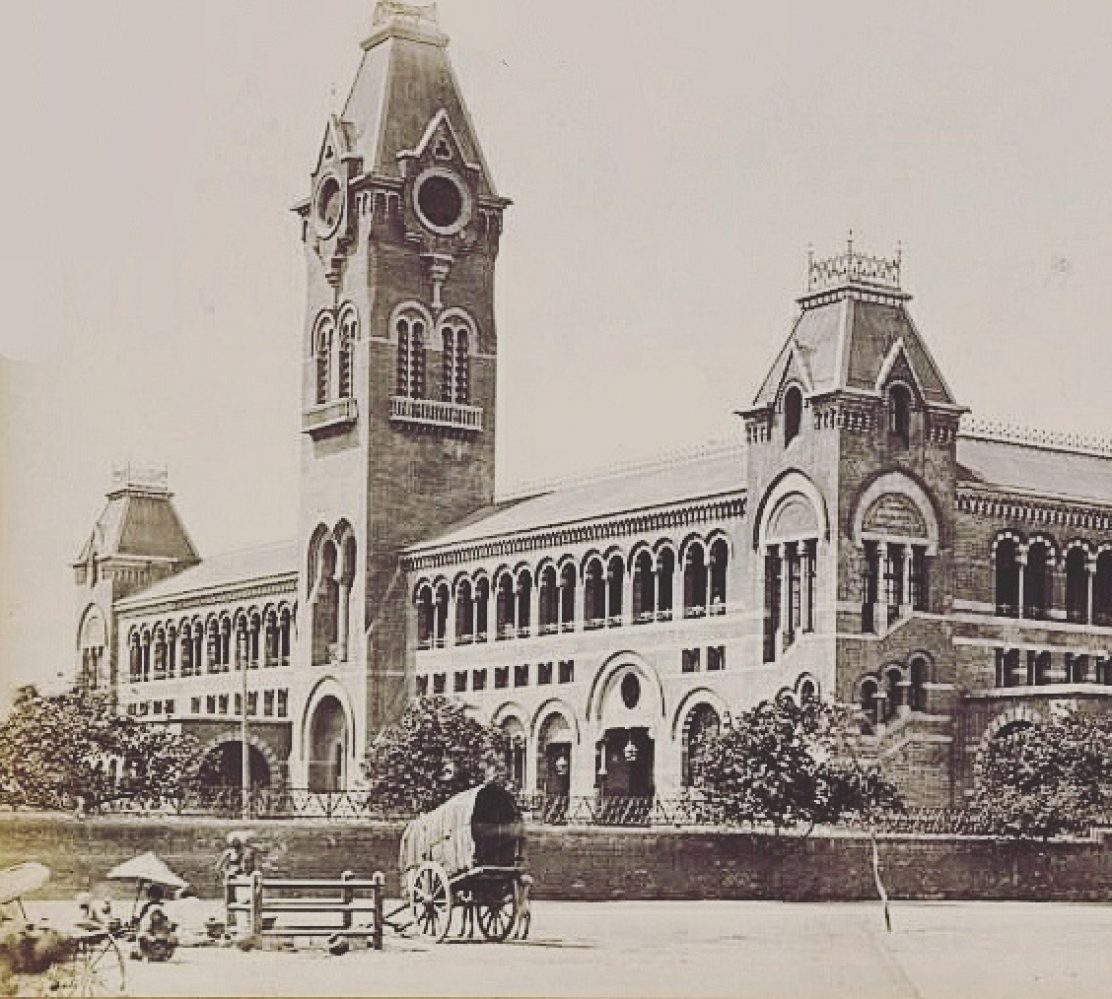In a successful political career of more than 23 years as Governor of madras, Governor-general and Viceroy of India, Lord Willingdon made his mark in the history of British India. His wife too left her mark as monuments and properties that still uphold the family name.
The Lady Willingdon Training School came in to being in 1922 when the previously existing Institute of Teacher training was renamed after a dominating and energetic First Lady of Madras — Marie Adelaide Freeman-Thomas, Marchioness of Willingdon. It was one of the earliest educational institutions in madras.
The building was earlier used by Sister Subbulakshmi as a home for widows and destitute women. Lady Willingdon School and the Lady Willingdon Institute of Advanced Study in Education came up in its place. The pioneer Principal Miss. J.M. Gerrard, had a vision of stately edifice, facing the sea, shaped like ‘W’. Her vision materialized when a Scottish architect, under her guidance designed the present building into which the college moved in 1940. The school and college in her name were created to provide educational opportunities to under privileged women and girls and a century later they still continue to do the same.
Source: The Hindu.





